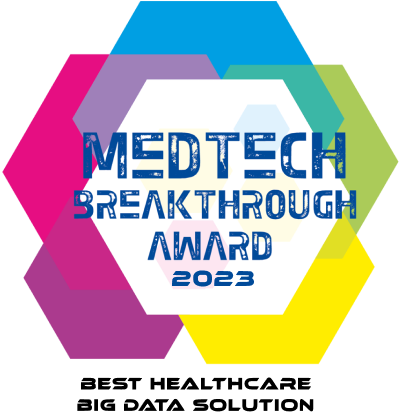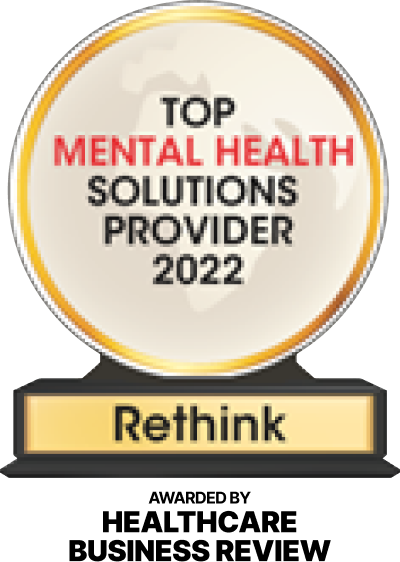Although gratifying, work can be a stressful place. Employees go through a lot on a day-to-day basis keeping up with project statuses, co-workers being out of the office and (sometimes) unhappy clients. Stress is a growing concern in the workplace among employers and employees alike and is something most employers don’t take enough time to help reduce.
In fact, 71% of companies report high stress among their employees and 42% of employees leave their job due to stress. The amount of stress that employees face in the workplace today has a negative effect on resilience and an employee’s ability to bounce back after adversity.
So, what are you doing to encourage resilience in your employees and, more importantly, reduce overall stress? Here are five ways you can encourage resilience as a competitive advantage when you ask employees to run through the gauntlet:
Create a Sense of Purpose
You work better when you know you’re working for something. Ensure your employees feel they put in time and effort for something that matters to not only the client but to the overall workplace and culture. As a leader, you’re able to create this sense or purpose fairly easy. Let employees know they are wanted and needed for a project so when stress hits, they can see a reason for why they’re working hard to get through it.
Families, or in this case workplaces, who celebrate wins and figure out losses together tend to be more resilient in nature. Encourage this type of teamwork to create a resilient mindset when adversity hits.
Think About Your Wellbeing
Help your employees understand that what their body is going through has an impact on what they’re feeling and how you handle stress. This can be hard to do because you’re not going to be with an employee 24/7. However, getting to know employees outside of the office, and offering them tools to do this on their own, can help. Some examples include digital mindfulness and meditation programs or the small ongoing tips and ideas, like putting down your phone 30 minutes before going sleep.
If nothing else, help employees slow down to reflect on why they are feeling stressed or what isn’t working for them on a particular day… and how they can take action to change that.
Avoid Anything Unnecessary
Let’s face it; change is the norm. Workplaces are going to change no matter what. Every time management changes a process or a new employee starts, each team member has to figure out what the impact is going to be on them and what processes they have to change of their own to accommodate the new addition. Often times, these changes aren’t bad and can be easily adapted to, but when changes occur too often or create more barriers than what it’s worth, they become a hindrance to employee resilience.
High levels of hindrance stressors can erode resilience very quickly and cause more stress in the long run leading to less engagement and difficulty meeting goals. 70% of employees feel they aren’t engaged at work. When creating a new process or thinking about implementing a change, ask if it’s going to improve resilience as a competitive advantage or hinder it in the long run. It’s amazing how many things are working fine just the way they are.
Let it R.A.I.N
Train your employees with repeatable skills that will help make calm and focus the norm. Using techniques and acronyms like R.A.I.N can engrain into employees’ minds what they should think about when learning how to cope with adversity and creating competitive advantages, like resilience. Understand and use R.A.I.N technique yourself so you can start incorporating it into everyday work life and then pass it on to your team.
- Recognize a strong emotion is present and tune into what affects this feeling could have on the outcome of a situation.
- Acknowledge what the outcome could be and try to turn the feeling or situation around if you don’t like the potential outcome.
- Investigate to ask yourself why you feel a certain way and how you can turn it around for the moment and the next time it comes up.
- Non-Identify means your identity is not fueled with what you’re feeling in the moment. Understand that this feeling is passing and doesn’t define you or the outcome.
Using R.A.I.N in the workplace is a great way to start encouraging mindfulness for more resilience. Employees can incorporate this when they feel something is wrong and find ways to bounce back and fix it for the time being and for later problems.
Give Employees Tools to Cope with Stress
Are you giving your employees everything they need to get through adversity and come out the other side stronger? 64% of employees feel their employers aren’t giving them to tools they need to work on resilience, stress management and mindfulness. Traditional wellness programs aren’t covering stress, resilience and mental wellbeing… and all of these have a tremendous impact on “performance.
Wellness programs that focus on physical wellbeing and making sure employees can get to the office healthy aren’t focusing on what happens when an employee is sitting at their desk looking at a new task. Mindfulness and resilience programs ensure you’re getting a competitive advantage out of your employees by training for things, like focus and resilience, so they can overcome obstacles and changes in the workplace.
Learn more about how to help your employees build resilience.











